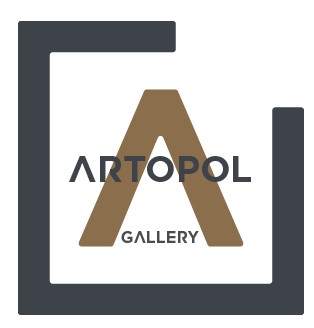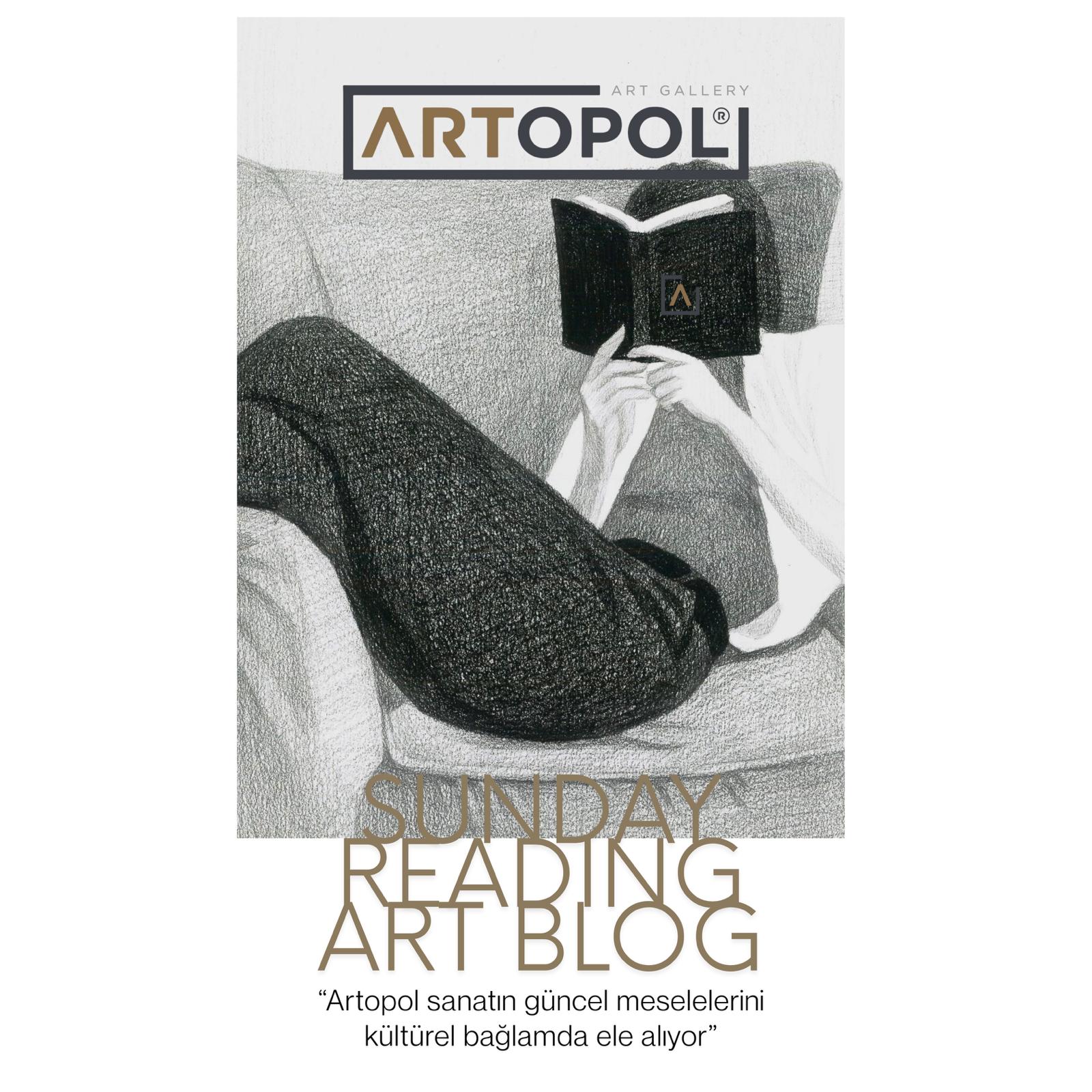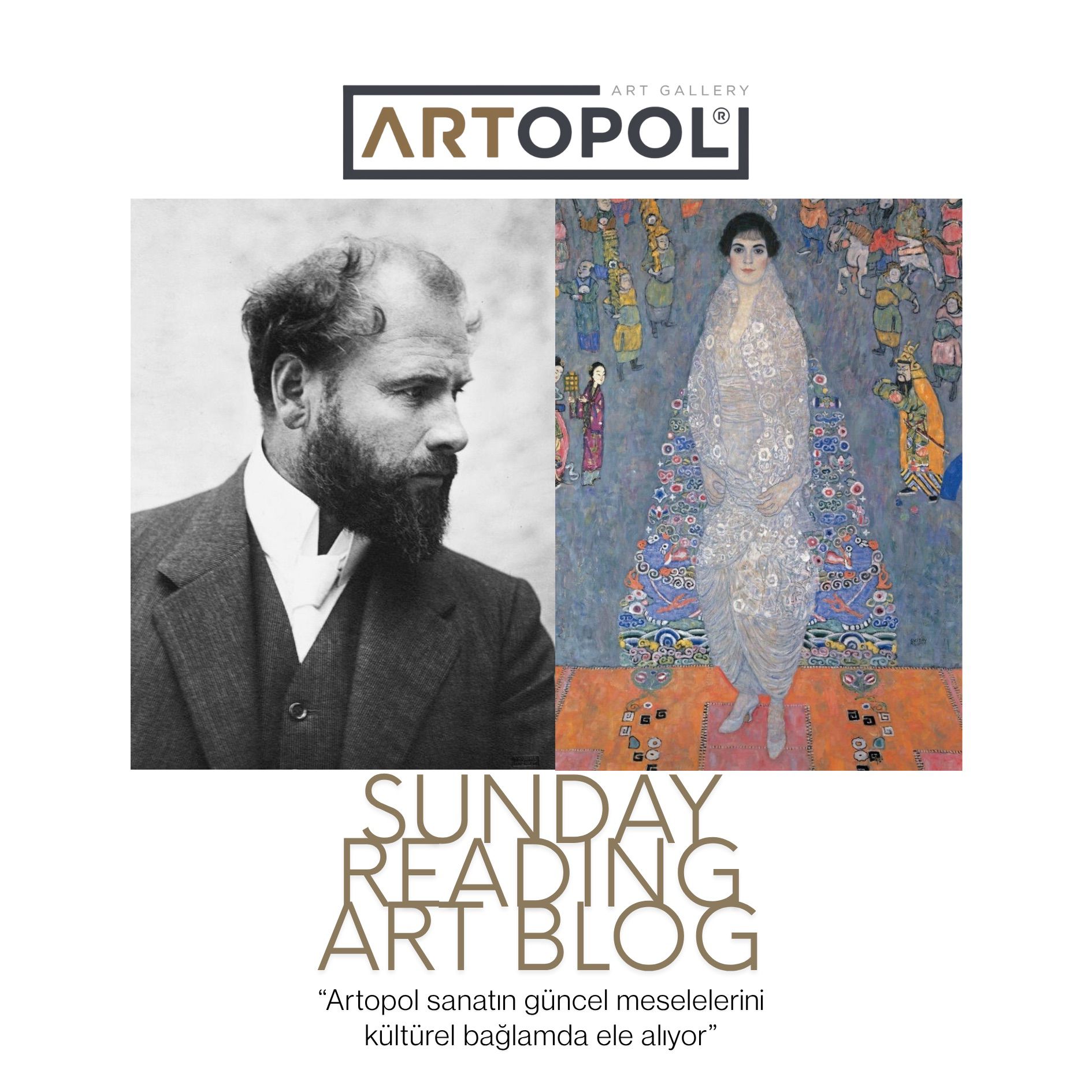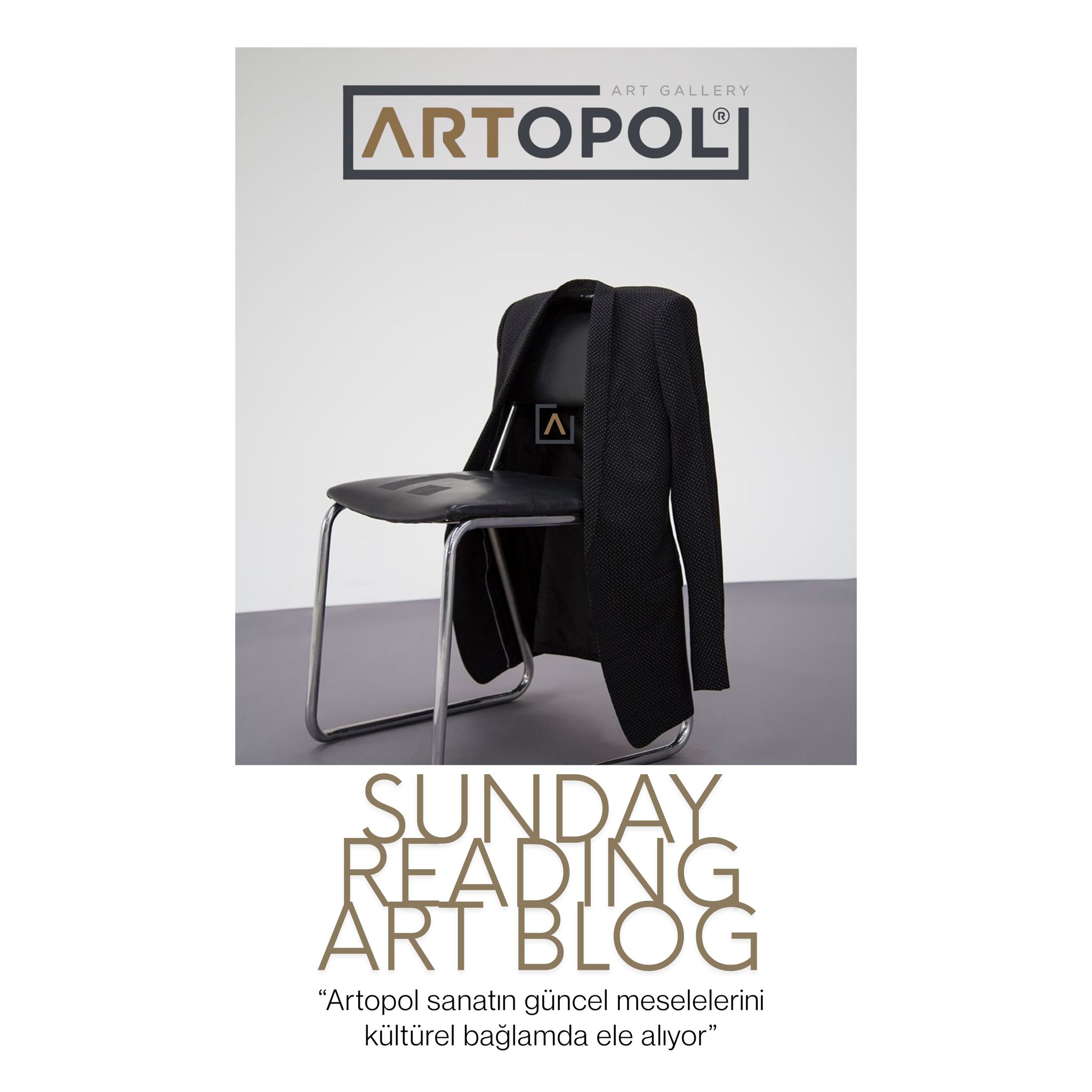Although an exact date cannot be provided, Ömer Uluç was born in 1931 and passed away in 2010. He was a world-renowned Turkish painter whose works, presented in over 30 solo exhibitions across different countries and in various events, captivated hundreds of people worldwide. His unique creations were showcased in major cities such as Paris, Berlin, and Istanbul, often becoming the highlight of exhibitions. Let’s briefly discuss the life of Ömer Uluç, an artist who gained importance for the value he added to Turkish art.
The Life and Works of Ömer Uluç
After graduating from Robert College in 1953, Ömer Uluç pursued engineering studies in the United States from 1953 to 1957. This period became a turning point in his life. In 1953, alongside his engineering education, he joined the "Tavanarası Painters" group, led by Nuri İyem.
In the Tavanarası Painters group, meeting Nuri İyem, who shared a more liberated style and opposed academic conventions like himself, was a pivotal moment. It is known that Atıf Yılmaz also emerged from this group. Ömer Uluç created many of his early paintings within this collective, which provided him with opportunities for artistic development.
His early works, created with this group, reflected an anti-academic approach. He held his first solo exhibition in Boston in 1955 during this period. In the 1960s, he began turning his artistic and conceptual focus toward sources, emphasizing a return from origin to life. In 1965, he spent a year in London and Paris, then between 1972 and 1973 in the USA and Mexico, and from 1973 to 1977 in Nigeria.
Ömer Uluç developed a particular interest in Ottoman tiles at one point, engaging deeply with Ottoman ceramics and miniatures and reflecting this interest in his works. Completely leaving his engineering career behind, he dedicated himself fully to painting. After traveling to Africa, he transitioned from abstract art to figurative works, believing that there was no ontological difference between the two. Using elements such as crows, islands, and emblems, he moved toward paintings with more intense vibrations, shifting from form to figure. In the 1980s, he also addressed various subjects in works like "Iran-Iraq War Tank," "Tanker and Bird," and "Academic Deer."
Throughout his career, he explored various themes and maintained an adventurous spirit. Unlike risk-averse painters who depicted the boats of the Bosphorus, Ömer Uluç sought risk in every painting, combining his love of art with a sense of adventure. He created dozens of works depicting different scenes and colors of nature and life, remaining as excited during exhibitions as he was while painting.
After returning from Africa, he fully engaged with the concept of the figure. From that period onward, his art became primarily figurative, focusing on searching for the figure rather than the form.
One of the prominent themes in Ömer Uluç’s paintings is the sense of incompleteness. He was always deeply affected by unfinished works and successfully reflected this in his art. He completely rejected the concept of the academy, opposing its cold walls and insisting that he did not believe in rule-based painting. Consequently, he established his own rule-free artistic approach.
Another striking aspect of his work is his use of tangible materials. From hoses to rubber, industrial materials to flexible objects, he had the ability to create various figures from any object. This approach is evident in many of his later exhibitions. Initially, he worked on these materials in his Kumbaracı Yokuşu studio and later in the Tünel area. Rubber, polyester, baked surfaces, plexiglass backdrops, and partitions—he embraced any material that offered an escape from the coldness of the canvas. Throughout his life, he constantly challenged imposed forms and academic conventions.
Ömer Uluç held numerous solo exhibitions both in Turkey and abroad. His enthusiasm was reflected in his personality and his works, which appeared fresh and exciting in every exhibition. This inspiration came largely from the countries and continents he visited, with each new location providing unique excitement and creative energy.
In 2005, he published a book with Yapı Kredi, created from his own voice recordings and fragments, including quotations from Baki, with each page conceived as an exhibition. The book, highly original in both design and concept, reflects the artist’s productivity.
During his approximately two-year battle with lung cancer, he endured a very challenging period but never wanted to separate from his art for even a moment. During chemotherapy, he continued painting even while receiving medicine in his right arm. He organized exhibitions while undergoing treatment, much of which took place at Istanbul Cerrahi Hospital. Spending his final days in Istanbul, Ömer Uluç reflected Lucretius’ words: "Where I am, death is not; where death is, I am not." In his last exhibition, "The Chemistry of Fragmentation," he displayed a charcoal self-portrait.
Ömer Uluç passed away in Istanbul on January 28, 2010, at the age of 79. His funeral was held at Bebek Mosque, and he was buried in Aşiyan Cemetery. Over his 79 years, he created numerous works and was the subject of countless articles and studies. His art continues to inspire young artists today.
Some of the venues that hosted his solo exhibitions include Yapı Kredi Kazım Taşkent Art Gallery, Atatürk Cultural Center, Marmara University Faculty of Fine Arts, Basel Art Fair, Art of This Century Gallery, and Galerie Montenay. His paintings attracted attention across many European countries, from France to Switzerland, and he successfully showcased this in exhibitions held in popular cities such as Berlin and Paris. Breaking the boundaries of canvas painting and creating almost miraculous effects with different materials, Ömer Uluç introduced a new perspective to Turkish painting and left a lasting legacy.
Visual: Wikipedia



